Wearing incense sachets in daily life, or burning the incense burner when reading or sipping tea, the pursuit of fragrance by the ancient Chinese surpassed even modern times. The combination of form and spirit is the ancients revered spiritual states. Clothing provided the form of the real state, while the flavor implied in the air gave the spirit part. The documentary "The Flavor of History" features a unique perspective that brings hanfu and flavor together again.
Tang Dynasty
Ruilongnao (瑞龙脑) is produced in the country of Brahma (now Brunei). In addition to growing in hot places, it needs to be smoked to release its aroma. But its flavor is as cool and pure as its appearance, like a contradictory combination of noisy and silent, entwined and moving.
In the clothing system of the Tang Dynasty, color was an important clue to distinguish the superior and inferior. According to the Book of Tang - Records of Yufu, the emperor's regular clothes are Chi Huang (赤黄, a color between yellow and red, #F8CE00) robes, Fu Tou (幞头), nine rings belt, and Liu He boots (六合靴)".
At the time of Emperor Gaozu of the Tang Dynasty, it was officially stipulated that Chi Huang was the special color for the emperor's regular clothes, and the people could still wear other yellow clothes. But in the first year of Emperor Gaozong of the Tang Dynasty, anyone other than the emperor was strictly forbidden to wear yellow color clothes. From then on, the yellow robe has become a symbol of supreme power.
Before the Tang Dynasty, patterns in clothing were relatively rare. With the increasing prosperity of national strength and the openness and tolerance of culture in the Tang Dynasty, the patterns on the costumes gradually became richer. Especially in the noble's clothing, the colorful decorations make the brocade robe more luxurious and exquisite.
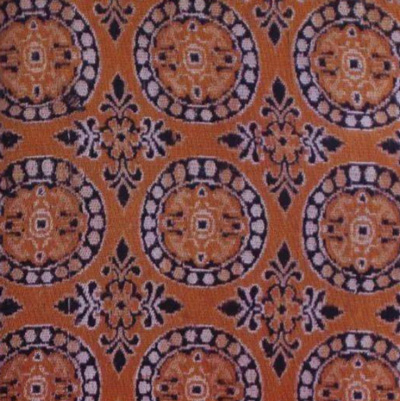
Although there were many regulations on clothes, men in the Tang Dynasty would wear Fu Tou no matter how high or low their social status was. The Fu Tou (幞头), also known as Zhe Shang Jin(折上巾, folded scarf), is a kind of soft scarf that wraps the head.
In the early Tang Dynasty, the Fu Tou feet were made of soft yarn, so they were collectively called Ruan Jiao Fu Tou (软脚幞头, soft feet Fu Tou). Then the two straps (feet) hanging at the back of the head gradually lengthen and are called Chang Jiao Luo Fu Tou (长脚罗幞头, long foot gauze Fu Tou). In the middle of the Tang Dynasty, the two feet gradually became shorter, and some also turned the feet up, which was called Qiao Jiao Fu Tou (翘脚幞头, upturned feet Fu Tou).
Song Dynasty
Li Qingzhao loved plums all her life, so she also loved to make plum incense. But the documentary "The Flavor of History" shows an unusual plums incense making: not contain any plum ingredients, just Li Qingzhao's purest description to the soul of the plum blossom. Even though the body of the plum is abandoned, the flavor still does not lose a cent, just like modern people appreciate the spiritual aesthetics of Song clothing.
Elegant is a consistent evaluation of later generations of the clothing of the Song Dynasty. Song people dress aesthetically to be slender and fit, among which Bei Zi( 褙子) is undoubtedly the most suitable daily clothing that meets this standard.
Bei Zi was mostly straight across-collar, with slits in both armpits, and it is a versatile outfit that can be worn outside with a Mo Xiong (抹胸) or Ru Shan (襦衫, shirt). When wearing Bei Zi, the whole figure will look particularly elegant and fresh.
The colors selected in Song people's daily clothes are also lighter and softer, such as light blue, light yellow, pearl white, etc., reflecting the elegant and graceful aesthetic pursuit. Unlike the bright and ostentatiousness of the Tang Dynasty costume, the Song people took the color from nature, and woven flowers, plants, fish, and insects into the costume with elegant dark patterns, as if embracing world into their arms.
The colors selected in Song people's daily clothes are also lighter and softer, such as light blue, light yellow, pearl white, etc., reflecting the elegant and graceful aesthetic pursuit. Unlike the bright and ostentatiousness of the Tang Dynasty costume, the Song people took the color from nature, and woven flowers, plants, fish, and insects into the costume with elegant dark patterns, as if embracing world into their arms. The Song Dynasty valued literature and the pursuit of the ultimate spirituality. Now, the dynasty has changed, but the spirit is constant.
The Song Dynasty revered Confucianism and advocated the "Doctrine of the Mean". This concept was also incorporated into the design of official uniforms.
Gong Fu (公服), is one of the official cloth of the Song Dynasty, also known as Chang Fu (常服), inherited the large-sleeved style of the round collar made by the Tang Dynasty, and the lower hem was added Heng Lan (横襕) to show the old system of Shen Yi.
As for the color of Gong Fu, the Song Dynasty followed the Tang Dynasty system. Officials of the third rank and above wear purple robes, the fifth rank is red, the seventh rank is green, and the ninth rank is cyan. Officials who are qualified to wear purple and red Gong Fu are required to wear "Yu Dai (鱼袋, fish bags)" around their waists to distinguish specific official rank. This reflects the moderation of superiors and inferiors, the hierarchical order must not be reversed disorder.
Emperor Taizu of Song formulated the system of official uniforms according to the ancient method, hoping that his ministers would also achieve the state of the "Doctrine of the Mean" and take care of the overall situation, thus making the country prosperous and long-lasting.
However, it seems that Su Shi has not yet reached this level in the Wang Anshi Reforms recorded in the documentary "The Flavor of History". He wrote a letter opposing the new policies because of the shortcomings, and was therefore ostracized by the new party, and was not only relegated repeatedly, but also nearly killed.
Later, Su Shi saw the benefits of the new policies and tried to advise Sima Guang to retain some of the beneficial policies with the theory of "Doctrine of the Mean", but he was framed by the old party for it and had to seek another appointment to avoid disaster. It is easy to say, but very difficult to do, without being biased. Perhaps Su Shi is more suitable to focus on literature, follow the heart is priceless.
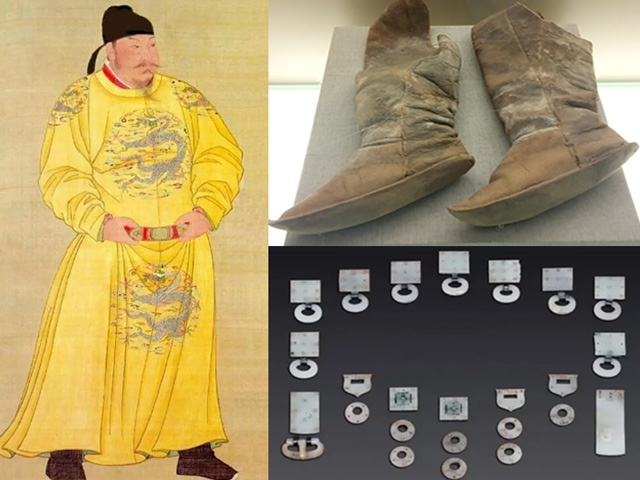
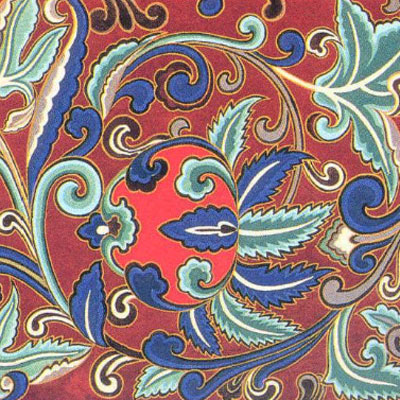

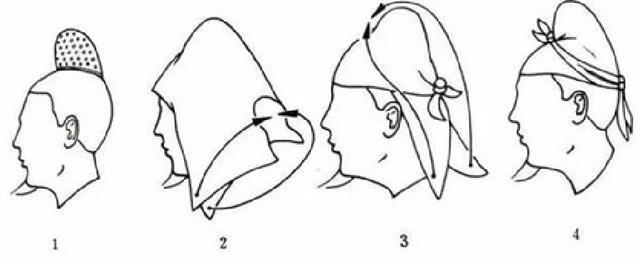
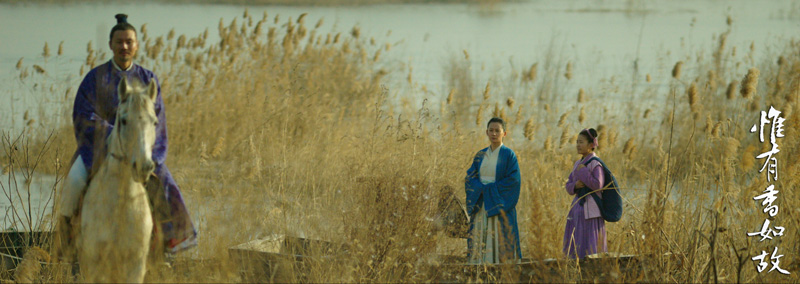
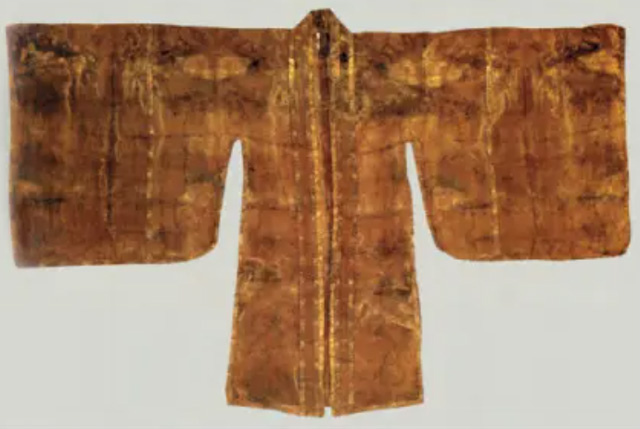
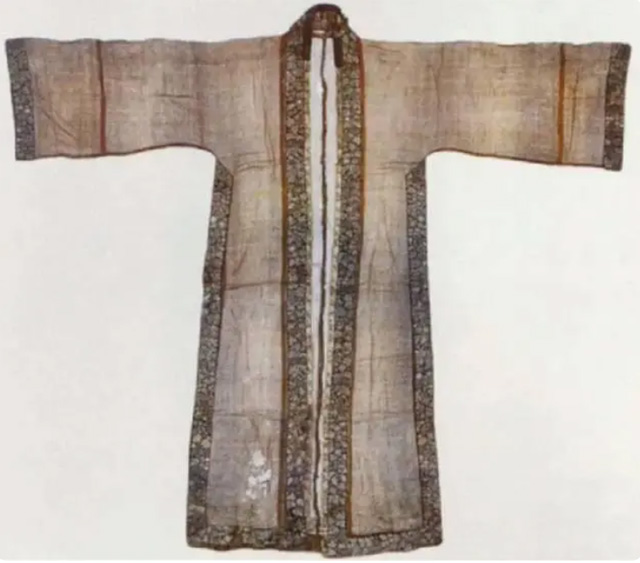
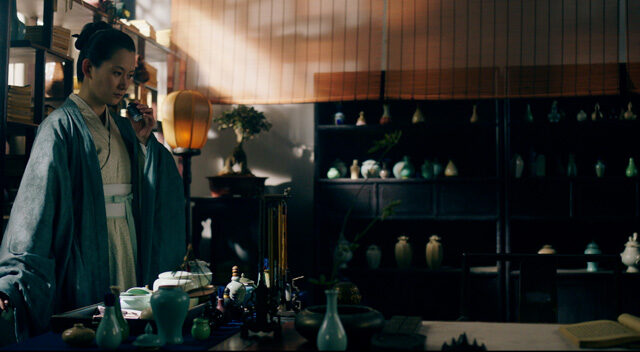
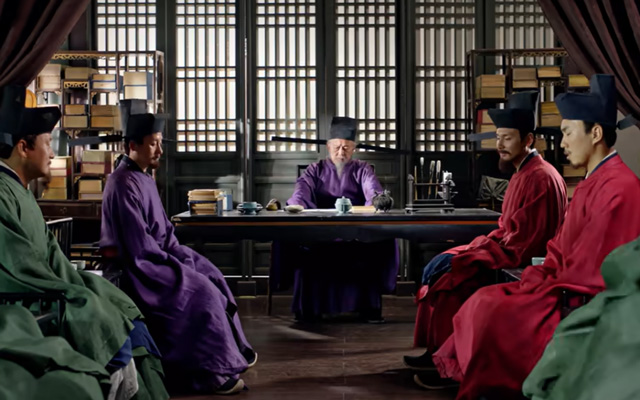
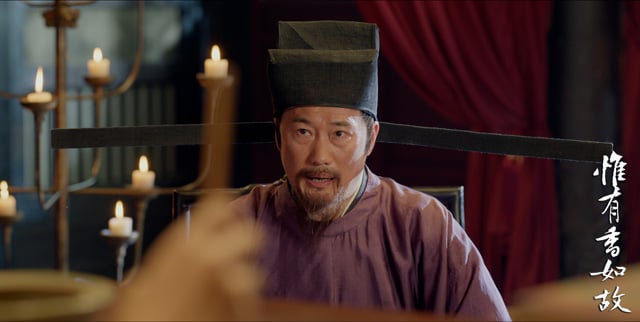
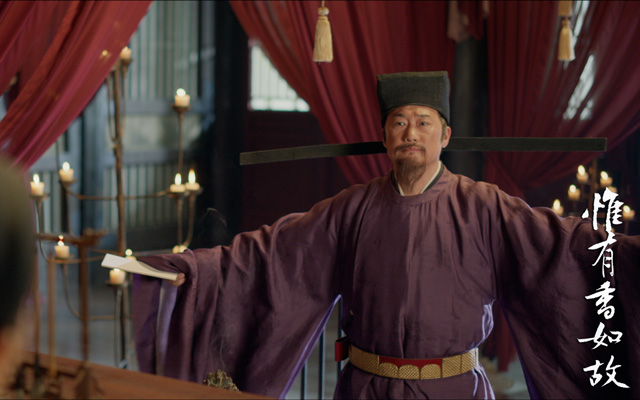
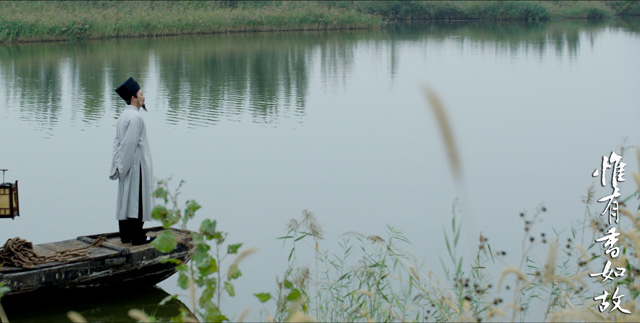


Terimakasih artikel nya
Benar orang zaman dulu unik dan sakti